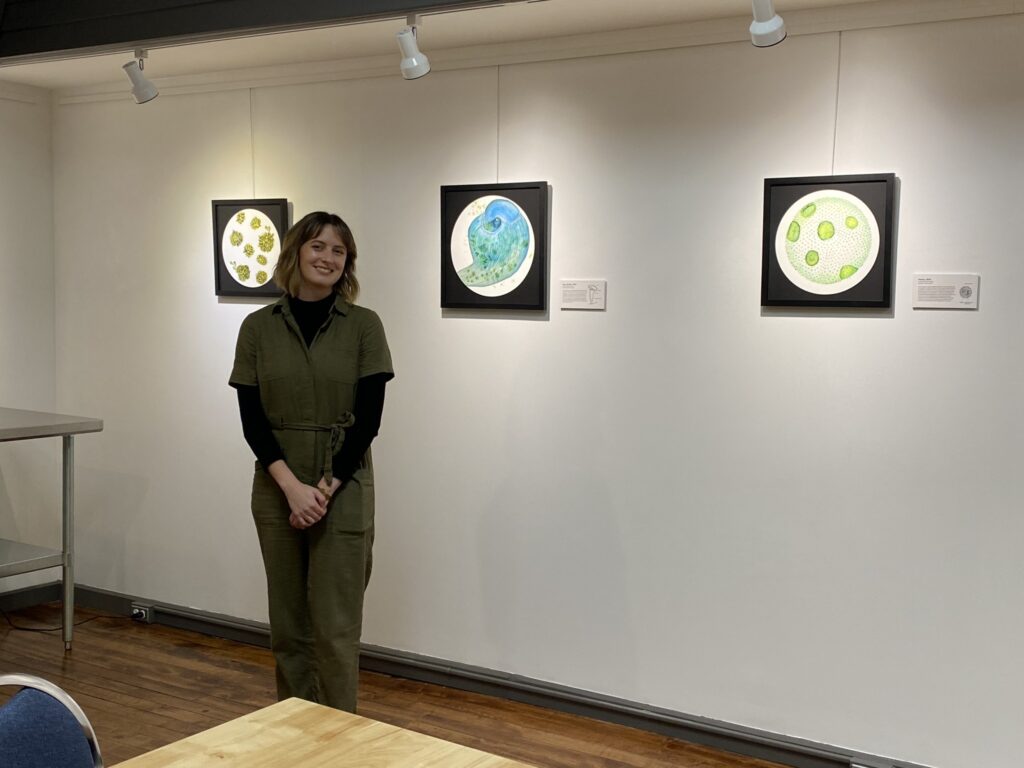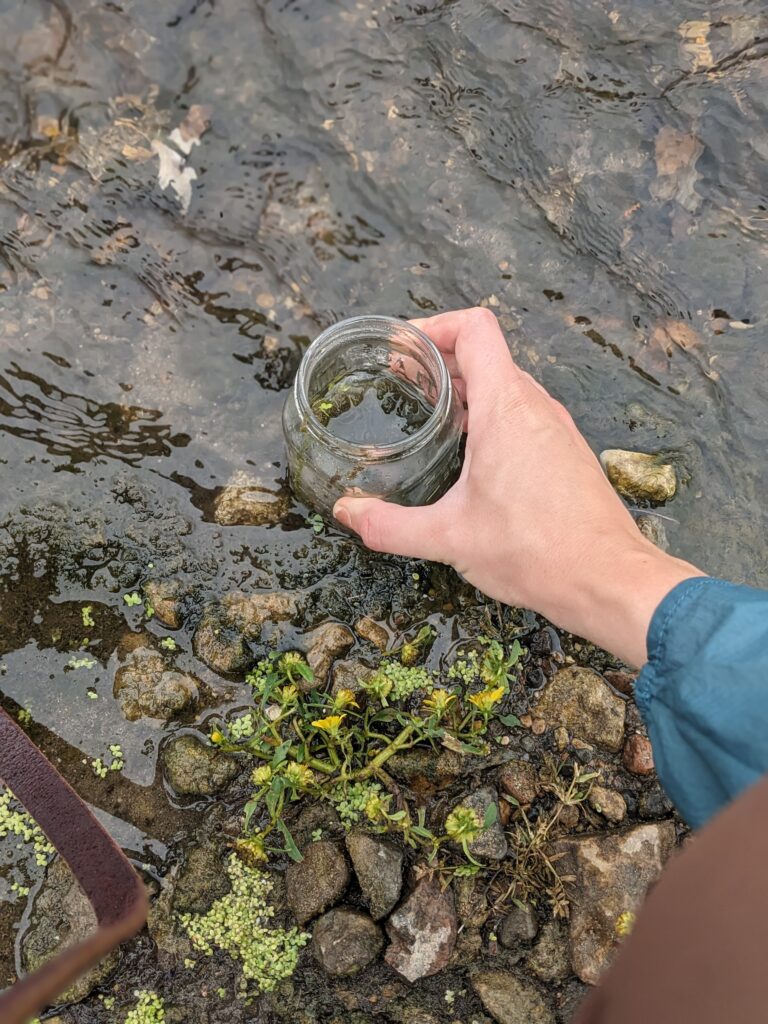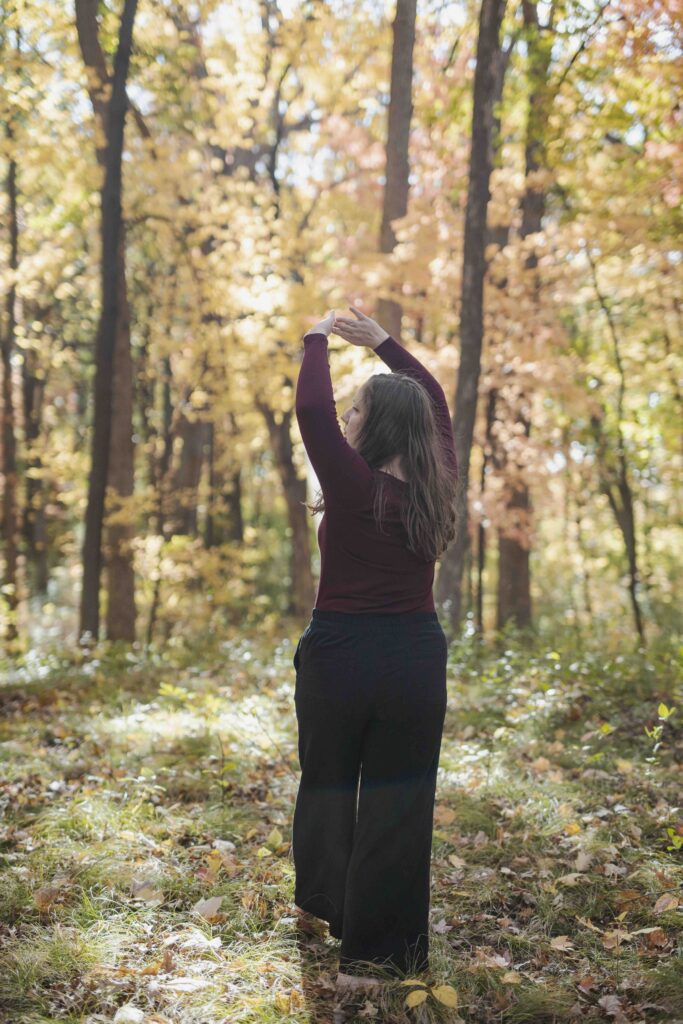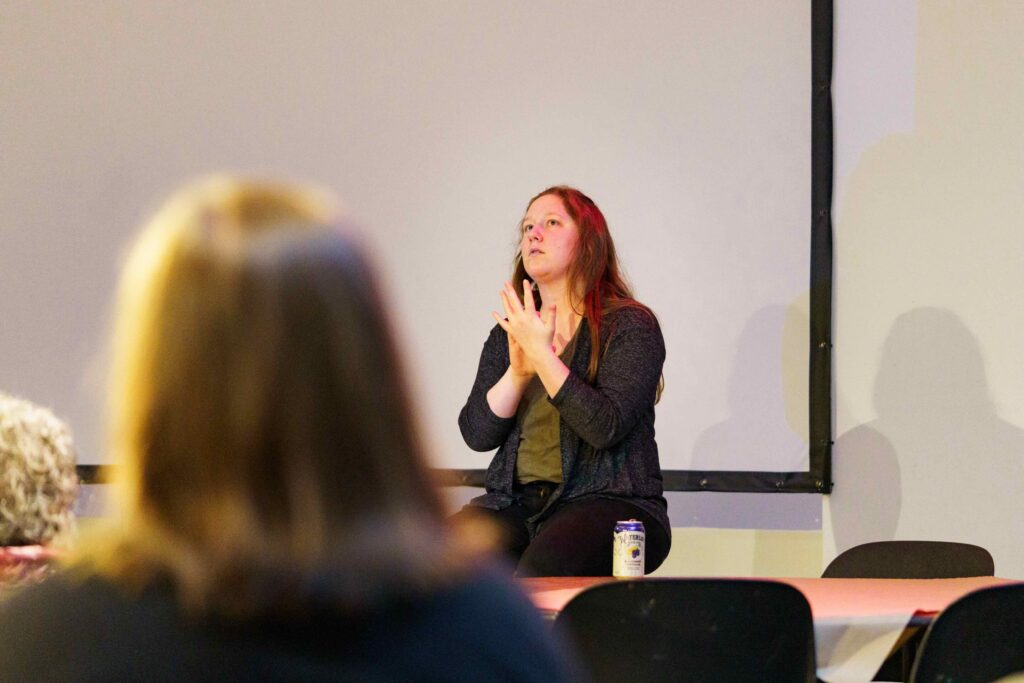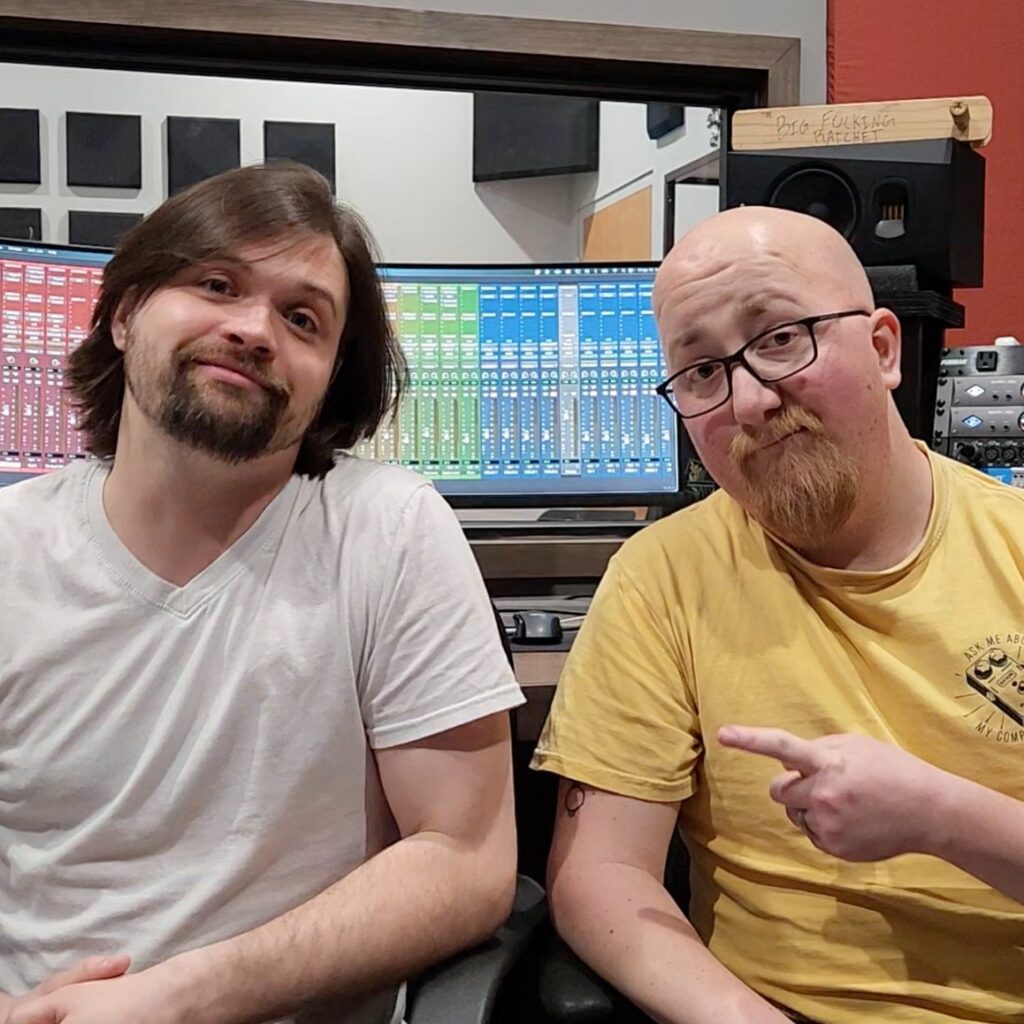
In a town where people often claim “there’s nothing to do,” Oliver Books and Alex Oberg of Blue Lagoon Studios knew better. They understood that Rochester’s music scene was thriving beneath the surface, filled with talented songwriters and musicians who deserved a spotlight. Their solution became the Rochester Music Mashup—a nine-song album that would prove that this southeastern Minnesota community has serious musical chops.
The heart of Rochester Music Mashup was its commitment to authenticity. Every single song featured on the album was written by a Rochester native, and all instruments were played by local musicians. The project brought together over 20 individual artists, creating a collaborative effort that spanned generations and experience levels. As Books explains, “We wanted to create a space where we can showcase the diversity and talent that we know about in this community that the public maybe doesn’t have their finger on the pulse of.”
The recording process intentionally paired seasoned musicians—some who have opened for major indie acts like Dan Conway of Cosmic Orphan—with emerging artists, including teenagers experiencing their first professional studio sessions. Books recalls the magic of watching young musicians enter the same recording booth that has recorded tracks for artists like My Grandma’s Cardigan, Amateur, and Lissie: “It was so heart-filling to see these teenagers in that environment. I remember when I was that age—that’s what made me want to do music forever.”
The project culminated in a capstone event at Treedome Vintage and Vinyl in Rochester. Despite being scheduled on Super Bowl Sunday (a timing oversight that Books admits wasn’t his best idea as “not a sports guy”), the venue reached full capacity. The packed room demonstrated something Books and Oberg had long suspected: Rochester was hungry for original local music.
One challenge emerged around the project’s ambitious scope. Working with the $5,000 SEMAC Advancing Artist grant budget meant stretching every dollar. “We were still working for pennies on the dollar,” Books reflects. “Going forward, we’d probably need to quadruple the budget.” This financial reality didn’t dampen their enthusiasm but highlighted how expensive it is to properly compensate the many talented musicians the project aimed to support.
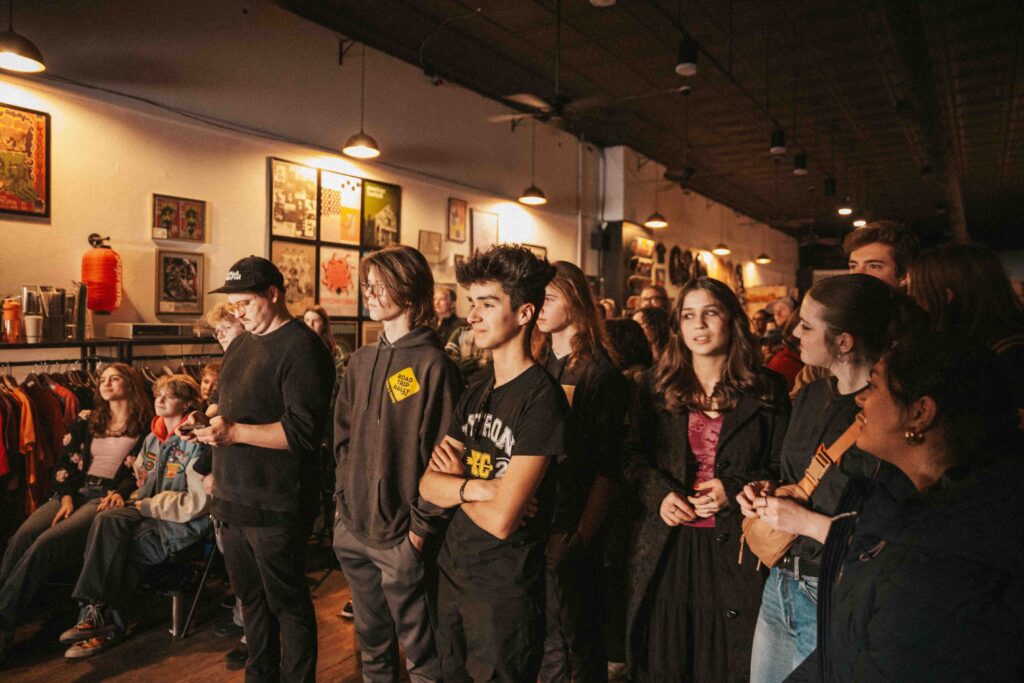
Another unexpected element came in the form of artistic ownership. Books and Oberg made the deliberate decision to let participating musicians retain full rights to their recorded songs. “We really felt that it was important that the artists had full control over their project,” Books explains. This choice meant the full album exists only as a physical release—with about 30 copies still available at Treedome at the time of SEMAC’s interview with Books—while individual artists have been releasing their tracks on streaming platforms.
The project’s success had layers of meaning beyond what audiences might have initially perceived. For Books personally, the grant provided crucial professional credibility that transformed his career trajectory. He now works full-time at Blue Lagoon Studios, turning his passion into his primary profession. The project’s visibility also led to significant opportunities for his own band, Oliver Books and the Big BigWorld, including opening the main stage at The Rochester Thaw (@TheRochThaw on Instagram).
For Blue Lagoon Studios, the project brought new clients and increased community recognition. The studio has since expanded to a new, larger space with multiple recording rooms currently under construction. As Books notes, “By the end of the year we’re hoping to have a higher-end studio.”
For the community, the Rochester Music Mashup challenged misconceptions about southeastern Minnesota’s cultural landscape. “People on the Internet hear there’s nothing to do in Rochester, and we all in the music community know there’s so much going on,” Books observes. The album serves as proof of the city’s vibrant original music scene, demonstrating that there’s “an accessibility to indie music” that connects with audiences in ways traditional high art sometimes doesn’t.
For the participants, the impacts continue to ripple through Rochester’s music community. The professional credibility gained through the SEMAC grant has opened doors for participating artists, while the collaborative spirit established during recording sessions has established ongoing creative partnerships.
Plans for Rochester Music Mashup Volume 2 are already in development, with Books and Oberg hoping to apply for future grant cycles. The success of the original project has demonstrated both the need for and impact of supporting local music initiatives in southeastern Minnesota.
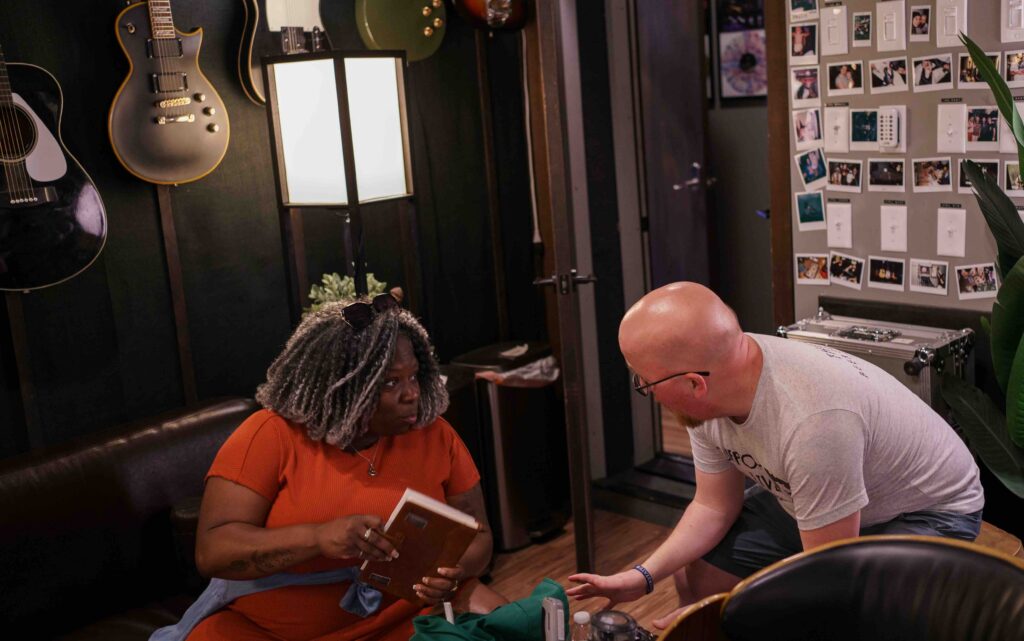
Rochester Music Mashup proved that with the right support and vision, local talent can create something that resonates far beyond its immediate community. As Books proudly states, the project helped show “how cool Rochester is” while providing a professional platform for the diverse musical voices that call this region home.
Find the Music: While the full album is available as a physical-only release at Treedome Vintage and Vinyl, individual artists have been releasing their tracks on streaming platforms.
Participating artists include: Active Transport, Drew Medin, B-Side, LaSonya Natividad, Danya Bashier, Pat Egan, Dan Conway, and Roger Nelson.
Follow the project at Facebook.com/RMNmashup, Oliver Books on Instagram at @oliverbooksmusic, and Blue Lagoon Studios on Instagram at @bluelagoonrecordingroom.



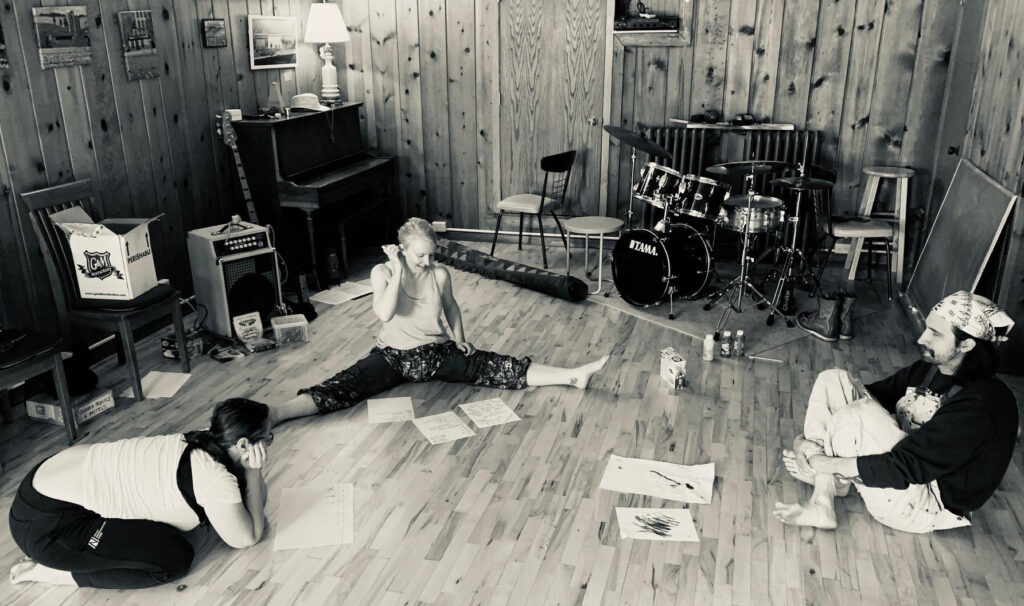
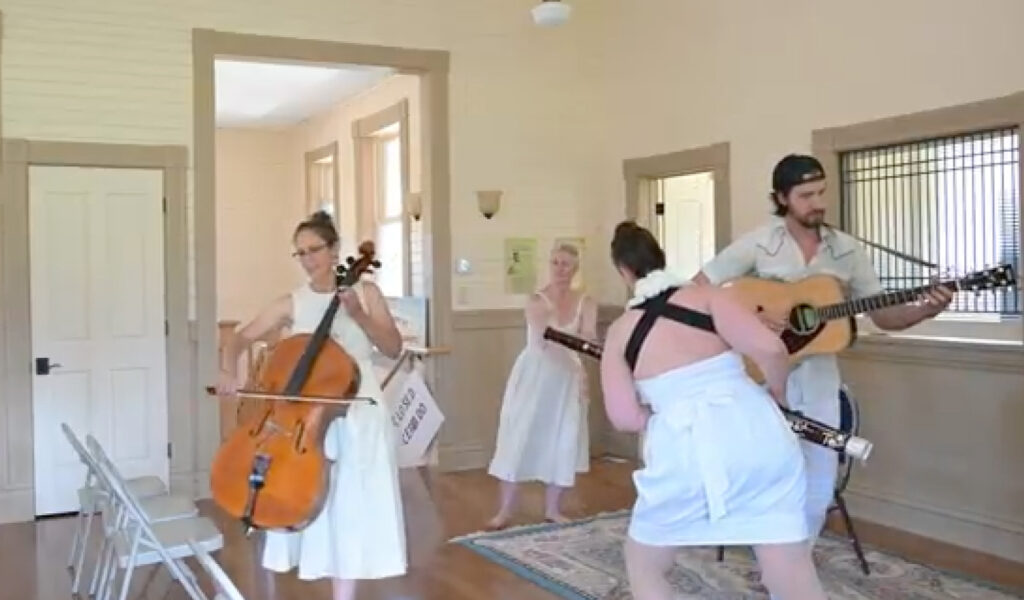
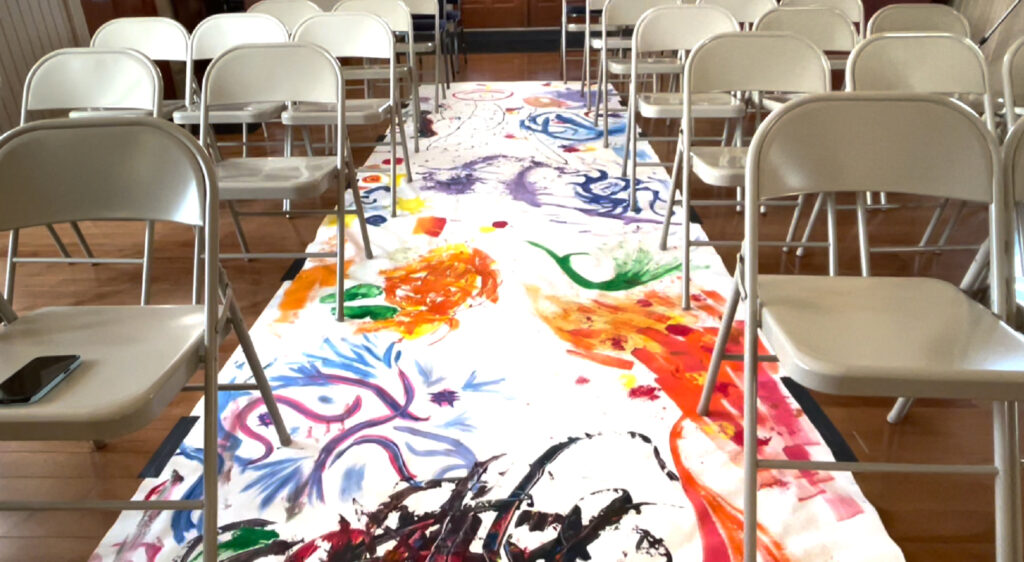
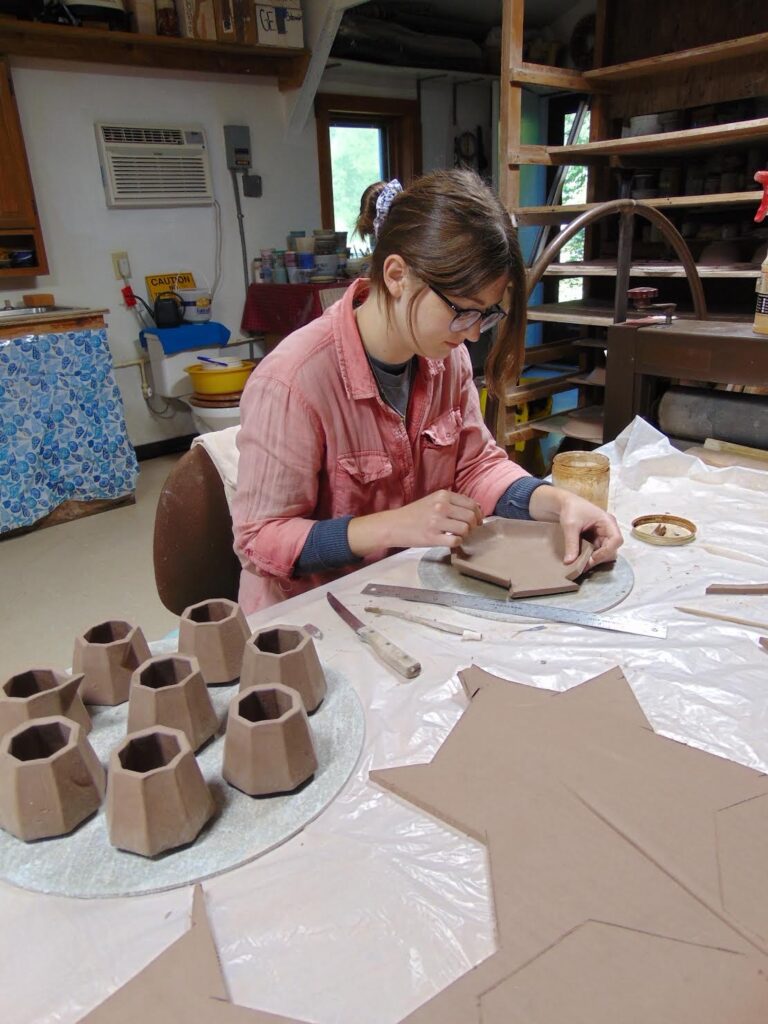
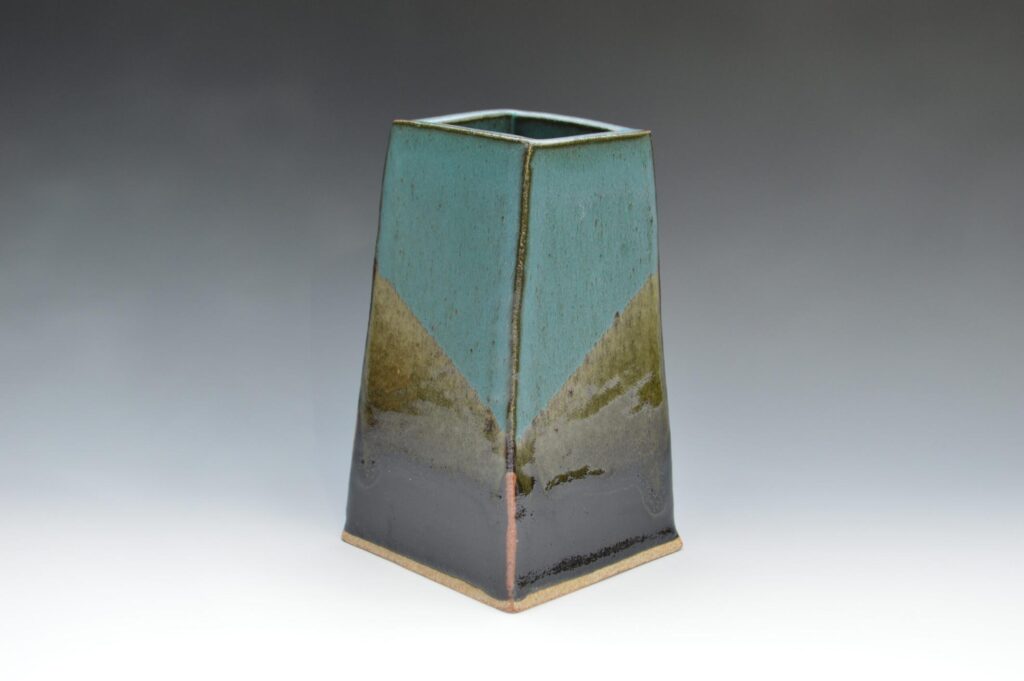 The culminating exhibition at Lanesboro Arts in March 2024 displayed Bell’s artistic exploration. Each piece told a story of experimentation and growth, drawing strong community interest. “The grant gave me freedom to experiment and play with clay in ways that I otherwise might not have,” she shares, recognizing SEMAC’s role in advancing her creative development.
The culminating exhibition at Lanesboro Arts in March 2024 displayed Bell’s artistic exploration. Each piece told a story of experimentation and growth, drawing strong community interest. “The grant gave me freedom to experiment and play with clay in ways that I otherwise might not have,” she shares, recognizing SEMAC’s role in advancing her creative development.